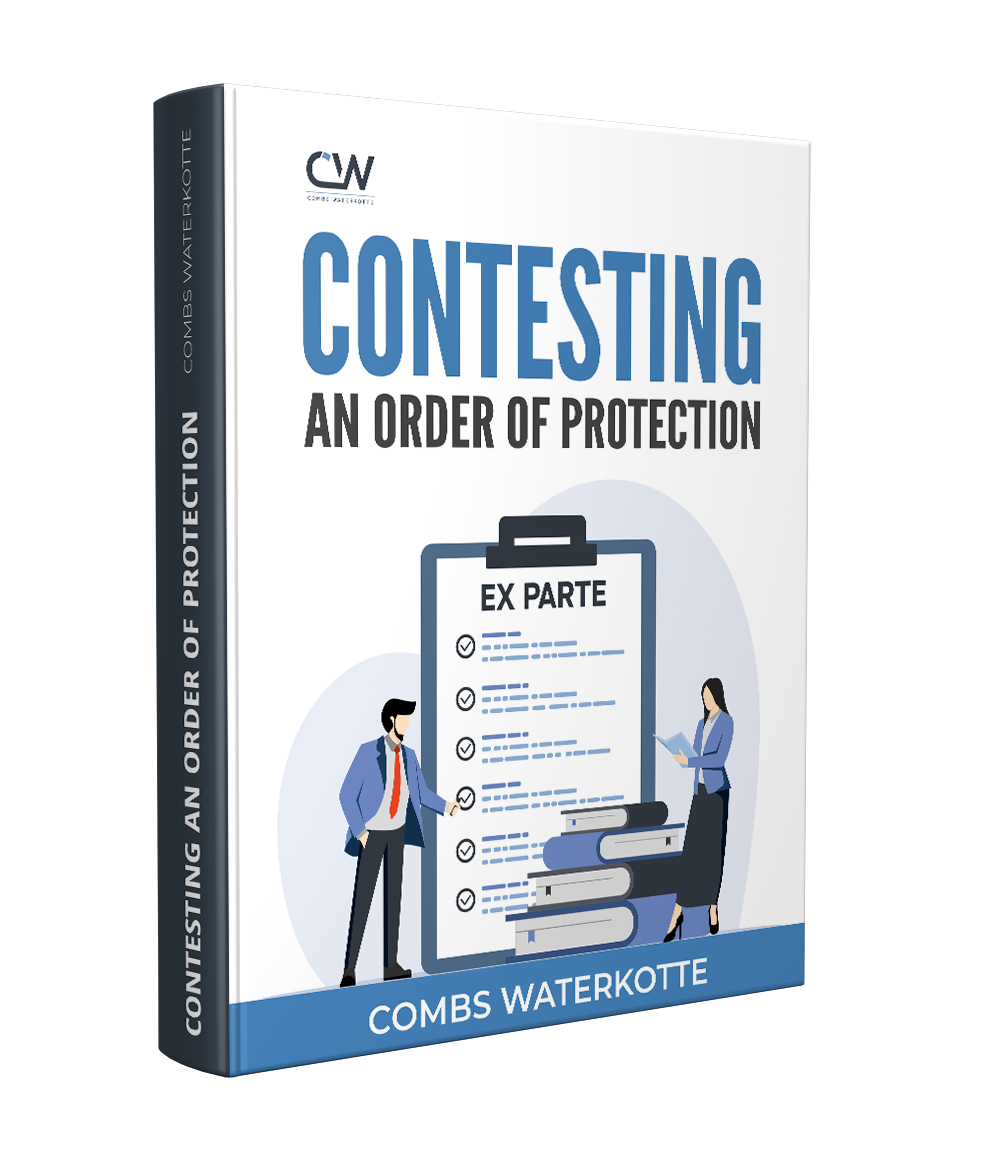Once you’ve gathered your evidence and prepared your defense, the next step is contesting the order at the Full Order of Protection hearing. This is where both you and the petitioner will have the chance to present your case, cross-examine each other, and provide evidence to the judge. In this chapter, we’ll cover the process of the hearing, defense strategies you can use, how to effectively cross-examine the petitioner, and the importance of staying composed throughout the proceedings.
You must attend the hearing. If you do not, the judge will grant the full order of protection. Likewise, if the petitioner does not appear and you do, the case will be dismissed.
Missouri Order of Protection Hearing Process Overview
The Full Order hearing is your opportunity to contest the allegations made against you. It is formal and follows a specific structure. The hearing is structured to ensure both parties have the chance to offer evidence and testimony, and the judge’s decision will be based on the preponderance of evidence. Here’s a deeper dive into what to expect:
1. Opening Statements
At the start of the Full Order hearing, both you and the petitioner (or your attorneys) will be given an opportunity to make brief opening statements. This is where you can set the tone for your defense. Your opening statement is the first chance to speak directly to the judge and outline the foundation of your case. Remember, while this is your opportunity to introduce your side of the story, you should avoid going into too much detail at this stage.
Instead, your and your order of protection defense attorney should focus on providing the judge with a clear and concise overview of your defense. Think of this statement as a roadmap that highlights the key points you will be proving throughout the hearing. For example, if your defense revolves around the petitioner making false allegations or exaggerating certain events, state this clearly. Keep your statement grounded in fact, and avoid emotional appeals or personal attacks, as the judge will be looking for a calm, rational presentation of your position.
2. Presenting Evidence
During the hearing, both the petitioner and the respondent will present their evidence to support their claims or defense. According to Missouri law, this evidence can include written communications, witness testimony, photographs, and other relevant materials. The judge will review all submitted evidence to determine whether the allegations meet the legal standard for issuing a Full Order of Protection. Evidence must be relevant and properly organized to ensure clarity during the hearing. How you conduct yourself, present evidence, and handle cross-examination can significantly impact the outcome of the hearing. This chapter focuses on courtroom strategy, guiding you on how to make your defense as effective as possible when contesting an order of protection.
Additionally, any communications that occurred after the Ex Parte order was issued (such as the petitioner contacting the respondent) can be used to undermine the petitioner’s claims. This is particularly important if the petitioner alleges fear or harassment but continues to initiate contact.
3. Calling Witnesses
Witnesses play a key role in supporting your defense. You can call individuals who have firsthand knowledge of the events in question. For example, a neighbor, co-worker, or family member who witnessed interactions between you and the petitioner can provide valuable testimony. It’s also helpful to have character witnesses who can speak to your behavior and credibility.
Missouri courts place significant weight on direct witness testimony, so ensuring your witnesses are credible and prepared to testify is critical. Witnesses should be able to refute specific claims made by the petitioner or offer alternative explanations for incidents.
4. Cross-Examination
Both parties will have the right to cross-examine each other. This is your order of protection defense attorney’s chance to question the petitioner about inconsistencies or falsehoods in their testimony. Likewise, they may also question you, so it’s important to stay calm and respond carefully.
5. Judge’s Decision
The judge’s decision will be based on whether the petitioner has met the preponderance of evidence standard, which means the judge must believe the petitioner’s claims are more likely true than not. This lower burden of proof makes it essential to counter the petitioner’s evidence effectively, as even minor inconsistencies in their testimony can work in your favor.
The consequences of the judge’s decision can last from 180 days to 10 years, and the Full Order may be renewable. If granted, the order can severely impact your daily life, including restrictions on your ability to own firearms, access certain places, or contact the petitioner. Therefore, contesting the order at this stage is much easier than appealing a full order that was already granted.
Under Missouri Revised Statute §455.040, the judge will determine if you pose a threat to the petitioner or minor household member by evaluating:
- The weight of the evidence
- Any history of your inflicting or causing physical harm
- Any history of your stalking or causing fear of physical harm
- Your criminal record, if any
- Whether you have had a full order of protection granted against you in the past
- Whether you have every been convicted of a “dangerous felony” under Missouri law
- If you have ever violated an Ex parte or full order of protection, or if you have ever violated probation or parole
Cross-Examination in an Order of Protection Hearing
Cross-examination is one of the most important aspects of the hearing. It’s your chance to challenge the petitioner’s claims and demonstrate that their accusations are unfounded. Likewise, you’ll also need to be prepared for when you are cross-examined.
- Responding to the Petitioner’s Lawyer:
When it’s the petitioner’s lawyer’s turn to cross-examine you, they may ask leading questions designed to confuse you or elicit responses that support the petitioner’s claims. Stay calm and take your time before answering. If you don’t understand a question, ask for clarification. Be careful not to let your emotions take over, as an emotional response can damage your credibility.
Keep your responses short and factual. Avoid going off on tangents or providing more information than is necessary.
- Effective Cross-Examination of the Petitioner:
When it’s your turn to cross-examine the petitioner, your lawyer should focus on inconsistencies in their testimony. For example, if their timeline of events doesn’t match up, or if they’ve changed their story, ask them questions that highlight these contradictions. Avoid hostile or sarcastic questioning, as this could work against you. Instead, use a calm and methodical approach to expose the weaknesses in their claims.
If you believe the petitioner has an ulterior motive for filing the order (such as during a custody battle), your attorney may ask questions that might reveal their motivations without directly accusing them of lying.
Staying Composed During the Hearing
The way you present yourself in court can influence how the judge perceives your credibility. Even if you have strong evidence, a lack of composure can undermine your defense.
- Handling Emotions in Court:
It’s natural to feel emotional when faced with serious accusations, but maintaining composure is critical. Emotional outbursts or visibly losing control can hurt your credibility, making the judge more likely to believe the petitioner’s claims. Take deep breaths, stay focused on your defense, and don’t let accusations provoke you into reacting emotionally.
If the petitioner makes false or inflammatory statements, wait for your opportunity to respond during your testimony or cross-examination rather than interrupting.
- Body Language and Credibility:
Non-verbal communication is just as important as what you say. Stay calm, make eye contact with the judge when appropriate, and avoid aggressive gestures like pointing or raising your voice. A composed demeanor can signal to the judge that you’re credible, rational, and trustworthy.



